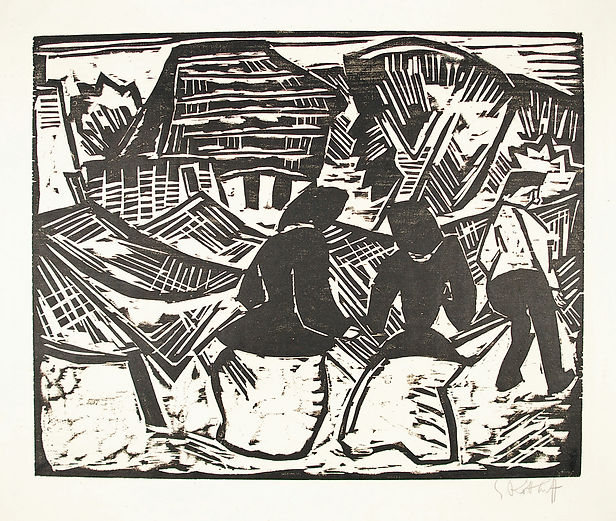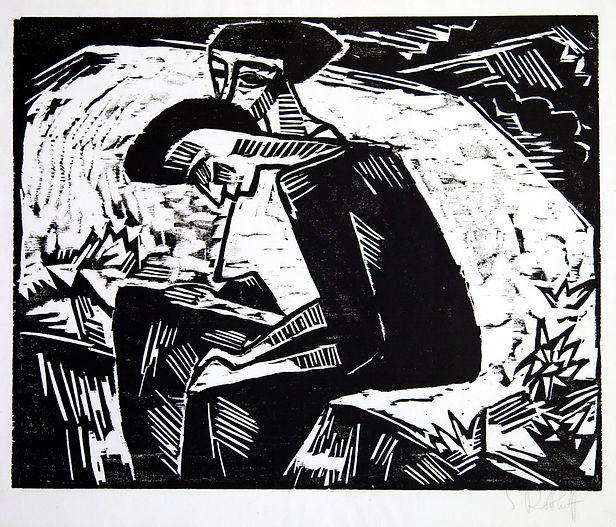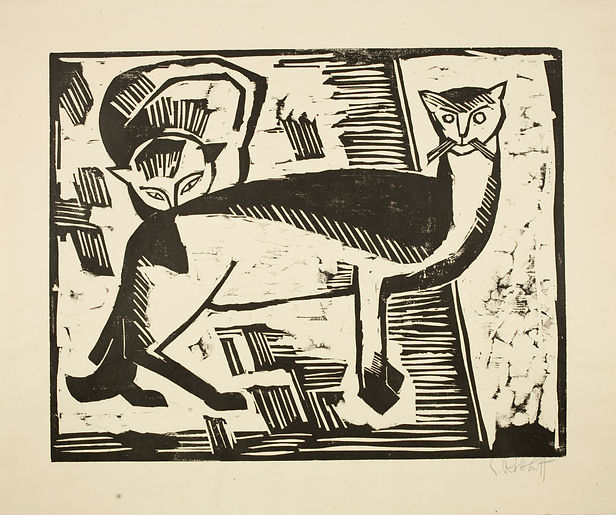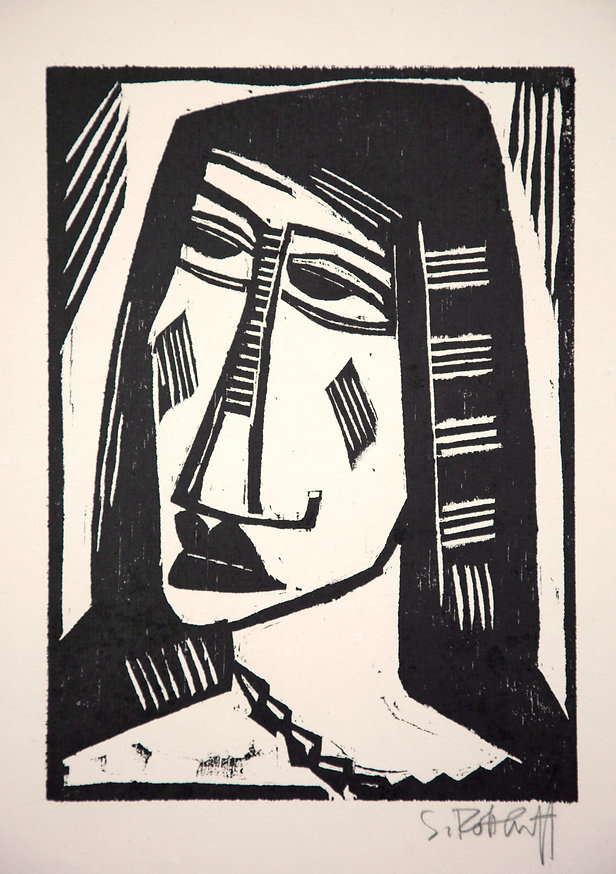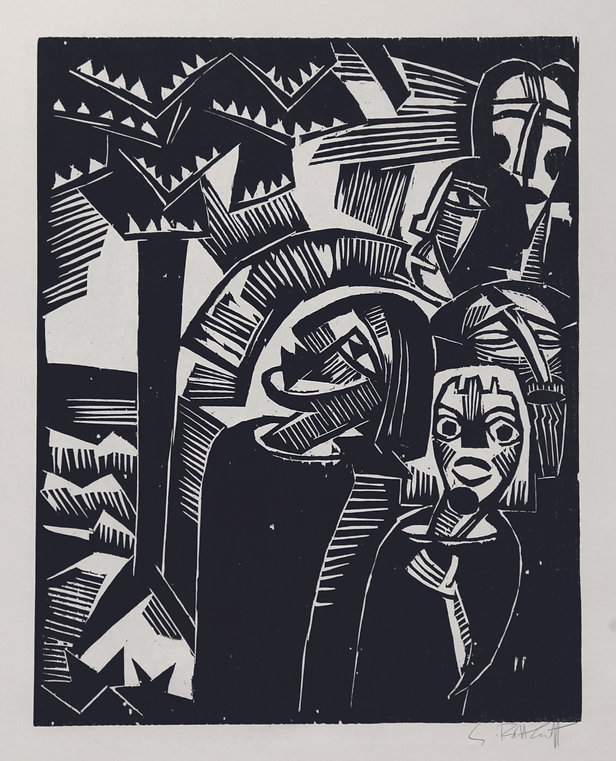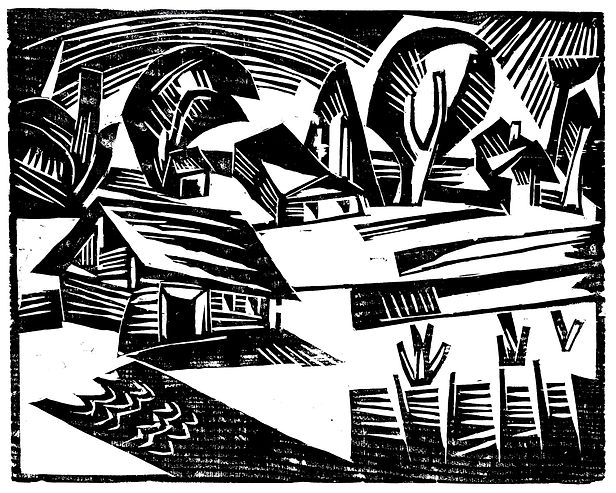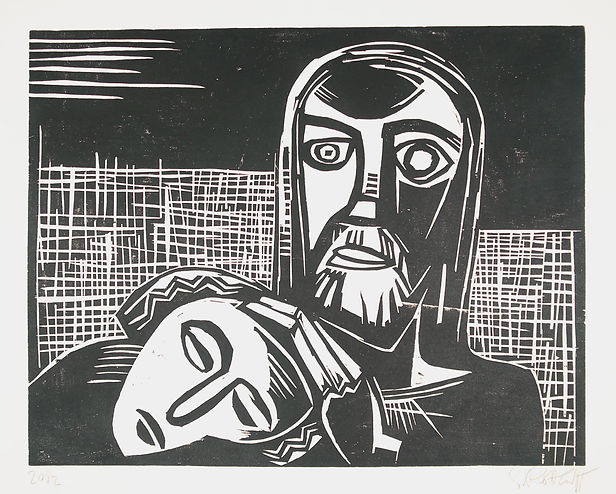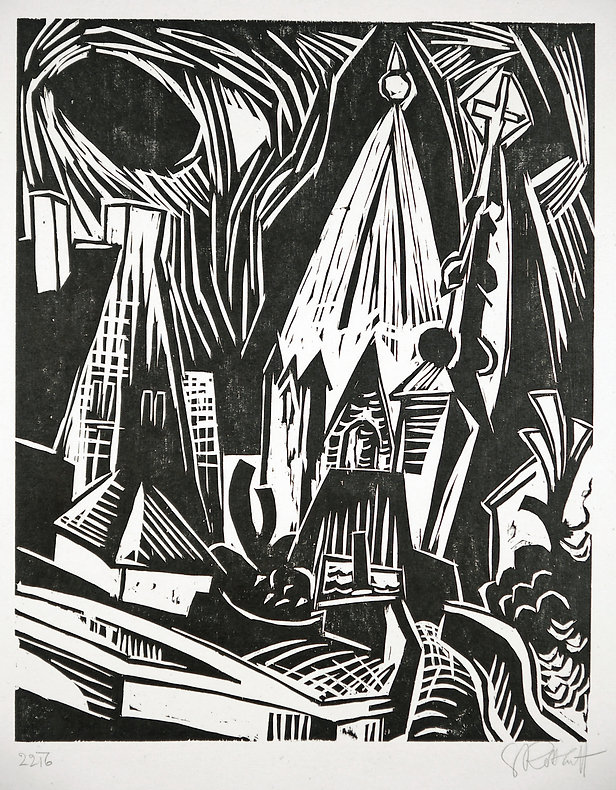Karl Schmidt-Rottluff – Woodcuts 1913-1922
A project by Galerie Henze & Ketterer & Triebold.
Karl Schmidt-Rottluff, like numerous Expressionists, was critical of the war from the start and he also worked for Franz Pfemferts revolutionary magazine “Die Aktion”, which was opposed to the war. Although he was older, he was drafted on May 12, 1915. Until October 1916, when he was transferred to a press department in the staff, practically no works were created. In 1917 Schmidt-Rottluff turned to religious motifs.
“The essence of art can never change. I’m convinced you can’t talk about art. At best, you will have a translation, a poetic paraphrase, & as for that I’ll leave that to the poets.”
Karl Schmidt-Rottluff, in: New Program – Kunst & Kunstler, Berlin 1914.
Karl Schmidt-Rotluff was born on 1 December 1884 in Rottluff near Chemnitz. With artist friends Erich Heckel, Fritz Bleyl and Ernst Ludwig Kirchner he founded the famous artist group “Brücke”, which was disbanded in 1913. He served as a pioneer in the First World War in Russia and Lithuania from 1915 to 1918, and shortly after the end of the war, he married Emy Frisch.
1937 was the beginning of a bleak period for Karl Schmidt-Rottluff. Hundreds of his works were confiscated in museums, some were destroyed and the painter himself received a paining ban in 1941. He reacted by retiring into his own world, characterised by an extensive collection of ethnological exhibits, mostly from Africa and Oceania which, being fascinated with that which was foreign, Schmidt-Rottluff had collected over his lifetime.
Schmidt-Rottluff survived the Second World War and in the post-war years was able to build on earlier successes. He participated in the first documenta in Kassel and taught as professor at the Hochschule für Bildende Künste; he was also a member of the revived Deutscher Künstlerverbund as second CEO. Karl Schmidt-Rottluff died in Berlin on 10 August 1976, only a few months after his wife Emy.
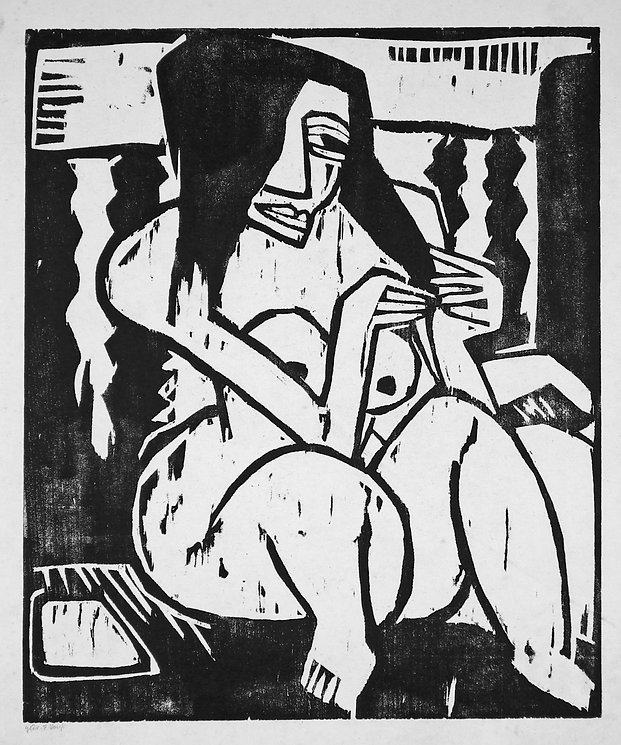
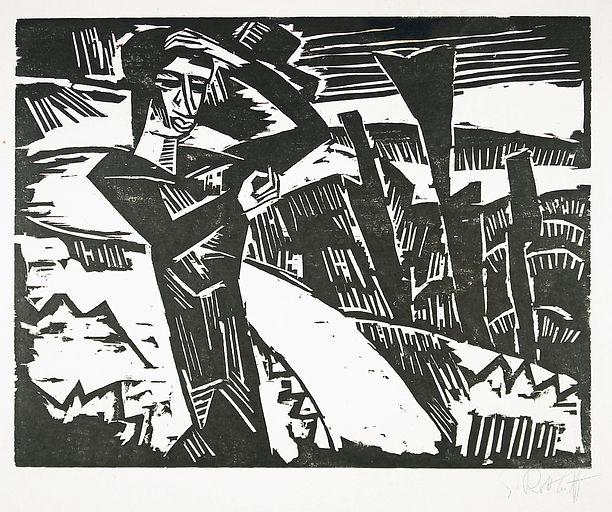
Frau in den Dünen (Woman in the Dunes), 1914. 39.2 x 50 on 56 x 707 cm. Woodcut on heavy, lightly grained wove paper. One of 50 copies. Signed.
